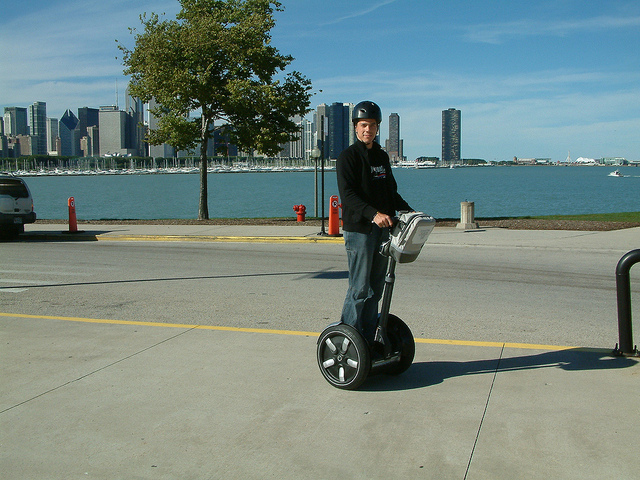New technology is everywhere. It seems every other advert I see is selling the benefits of a new gadget, website or online service. There is a steady stream of innovative new ideas from companies desperate to launch the next big thing. In many cases it appears the technology leads the way. The shiny new features are the main focus of the adverts and sales materials with the occasional nod towards ‘easy to use’. But what makes the difference between an innovative new project being a success or a failure? What role does user experience (UX) play?
User Experience is rarely a focus for innovation
When companies embark on their new innovation it’s the technology that gets them excited. The UX role often gets marginalised and can be lucky to be involved in key project decisions. Yet according to James Kalbach in his talk at UX Brighton a couple of weeks ago, UX is critical to the success of any new innovation. He argues that “the end point of innovation always lies with users”. Once launched, the success of any project lies upon whether the end users adopt it into their daily lives. Therefore, it is the human factors that have a major influence upon the rate of adoption.
5 questions users ask about a new innovation
In his talk, Kalbach referred to 5 perceived attributes or heuristics of adoption which are detailed by Everett Rogers in Diffusion of Innovations. These are distilled into 5 simple questions users will ask themselves when introduced to any new technology:
Is it better? Is this new product or service better than what I already have available?
Does it fit in? Is it compatible with my life, my beliefs, my habits and current behaviours?
Is it understandable? Is it clear what this new product/service offers? Do I get it?
Can it be tested? Can I play around before I buy? Can I see it in action?
What does it look like? Is it aesthetically pleasing? What will I look like using it?
It is the human factors that lead to user adoption of innovation
Although somewhat simplistic in their nature, these questions are a very useful guide in assessing or predicting whether a new technology will be easily adopted by users. In his talk at UX Brighton he referenced the Segway and the internet tool Twine as examples where these human factors led to innovative ideas not being adopted by end users.

The key point Kalbach makes here is that the UX process can improve the rate of adoption among end users; “…history shows it’s not the whiz-bang of technology but rather human factors that matter in the end. This is where UX designers come in. Through empathy and understanding of people’s needs and perceptions, we can increase the rate of adoption.”
It has often been argued that the UX process can stifle creativity yet here is a clear and succinct argument for UX practitioners having a significant role to play in reducing the risk of non-adoption. Risk and growth are not typically part of the UX vocabulary but guided by these principles perhaps they should be.
For more information on James Kalbach follow him on twitter @JamesKalbach or visit his blog Experiencing Information.
If you’d like to find out more about how we can help you create innovative digital products that users love to use get in touch.

